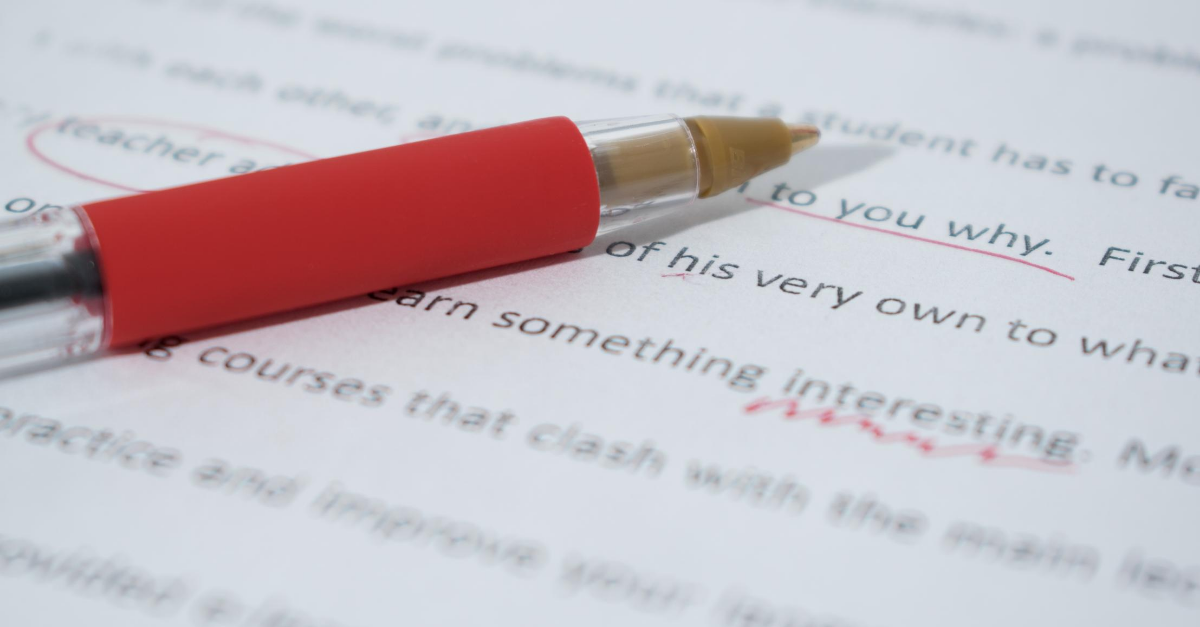|
Dialogue can make or break a story. Dialogue can infuse excitement and intrigue into your novel or it can fall dull and lifeless onto the page. It's so crucial to storytelling and characterization and world-building and it's such a tricky balance to have it achieve all three at once.
Ten Quick Tips for Editing and Improving Dialogue
Of course there are many more that just ten things to talk about, but this will be hopefully be a helpful springboard to managing those mistakes that nearly every writer runs into when it comes to capturing authentic, but compelling dialogue for our readers. There's always the debate of how much dialogue is TOO MUCH dialogue, and I would say that really depends on two things: the writer and the reader. Some writers are always going to include more dialogue because that's their writing style. They like to have their characters interact often on the page. Some readers are more engaged by dialogue than by descriptive prose. I have a sibling whose eyes glaze over when they encounter too much landscape description, so they'll skim sections until they hit a patch of dialogue and pick up from there. The onus is on the writer to determine where their strength lies, and just how much dialogue is too much. I'm a victim of over-dialoguing (I LOVE TO HAVE MY CHARACTERS TALK TO ONE ANOTHER) and so my editing and revision process for my own writing is usually to go through and cull out huge chunks of dialogue. I weed through the thorns to find the beautiful sparkling roses within, and cobble together the best dialogue for the most engaging and natural sounding interactions. My relationship with dialogue has really changed over the years I've spent writing and revising. I originally was opting for more "natural" sounding dialogue which included pauses and filler words and stammering, but it's just quite cumbersome to read, to speak aloud, and just doesn't work as well on the page as it does on the screen. So I've revised my attitude towards dialogue (but not the frequency of use) and I find it much more exciting for me to write and for others to read. Stay tuned for the next blog post on the exciting perils of dialogue punctuation! ;)
1 Comment
So it’s not a developmental edit? No. It’s not. While developmental editing does look at language as a function of the entire manuscript, its primary focus is on larger structural functions of the story like timeline, pacing, character development, and authenticity. Developmental editing is taking a macroscopic look at the book, while line editing is applying a mesoscopic (middle or intermediate) lens to the content. And it’s not a copyedit? Nope again. Copyediting is the final microscopic lens of editing. Copyedits correct errors in spelling, punctuation, grammar, fact-checking, word usage, and style. A copyedit wants consistency, and it seeks to eliminate glaring language errors that will distract readers and pull them out of the story. What might a line edit look like? There might be some elements of both developmental editing and copyediting involved in a line edit, especially because the goal of this type of edit is to upgrade the language for clarity. A reader will not achieve that blissful feeling of sinking into your text if it has glaring inconsistencies. So along the way, line editors will likely address any or all of the following elements:
Why is it important to know the difference? You might be looking to hire a freelance editor for a manuscript, and they’ll likely be versed in a wide variety of editorial services. You need to know the right one to select for your manuscript and how to most effectively communicate your desires. Of course, any freelance editor worth their salt is going to help you select the right service from the get-go, but arming yourself with knowledge even before approaching a contract is highly suggested. Or, if this is your first time stepping into the publishing world with a manuscript, folks are going to be using these terms to inform you of the next steps in their process. And once any type of editing is done, it’s up to the author to incorporate, apply, or revise. Some edits are much more time-consuming than others, and line editing falls into that middle territory. You’ll need to parse through all the individual edits, but it’s not nearly as complicated as a developmental edit. On the other hand, you likely won’t just be clicking “accept all” for all the spelling and punctuation errors to be magically fixed. You’ll want to investigate each line edit, and it might even require some work on your end. Conclusion The ultimate goal of a line edit is not only to elevate the manuscript, but also to improve the craft of the writer. A writer cannot address their tics if they can’t see them. They won’t know about the potential power of certain words or phrases until someone looks at their writing and points these things out. All editing seeks to improve a manuscript, but line editing in particular has the ability to have a long-lasting effect on writers themselves. This was written for and originally appeared on the Ooligan Press blog on May 11, 2020.
|
AuthorMelinda Jasmine Crouchley, YA supernatural science fiction author and professional editor. Archives
February 2023
Categories
All
|


 RSS Feed
RSS Feed
